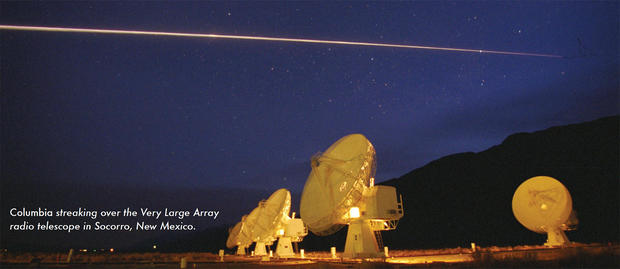NASA’s future moon-bound astronauts can celebrate another crucial hardware test.
Following a 30-second “trial by fire,” a part of the Orion spacecraft abort system is one step closer to human spaceflight. The attitude control motor (ACM) spurted jets of fire repeatedly during a test at manufacturer Northrop Grumman Aug. 22, in Elkton, Maryland, NASA said in a statement.
Video footage of the test showed the motor, reminiscent of R2-D2, fastened to the ground while fire jets out in multiple directions. The test is so powerful that black smoke can be seen pouring out of the motor after it is shut off.
Related: Orion: NASA’s Next Spaceship Explained (Infographic)

A part of the Orion spacecraft abort system is one step closer to human spaceflight following a 30-second “trial by fire.”
(Image credit: NASA)
“The launch abort system is designed to transport Orion and its crew to safety in the event of an emergency during launch or ascent,” NASA explained in a statement. “It consists of three solid rocket motors: the abort motor pulls the crew module away from the launch vehicle; the ACM steers and orients the capsule; then the jettison motor ignites to separate the launch abort system from Orion for parachute deployment and a safe crew landing.”
During the test, ACM expelled more than 7,000 pounds (3,175 kg) of thrust. It is expected to do one more test before being certified for humans.
As for Orion, the spacecraft has so far passed a series of tests to prepare for human spaceflight (including ground tests and drop tests). NASA first tested the spacecraft in space, with no crew on board, in 2014. Orion’s next space milestone will be with the Artemis 1 mission, where the craft will jet around the moon without humans on board, riding on the back of the Space Launch System rocket. This is expected to take place around 2020. The craft’s next mission, Artemis 2, is expected to be crewed and run later in the 2020s. With the success of this mission, NASA plans to land humans on the moon by 2024, approximately 55 years after the first-ever moon landing by Apollo 11’s astronauts in 1969.
Follow Elizabeth Howell on Twitter @howellspace. Follow us on Twitter @Spacedotcom and on Facebook.






